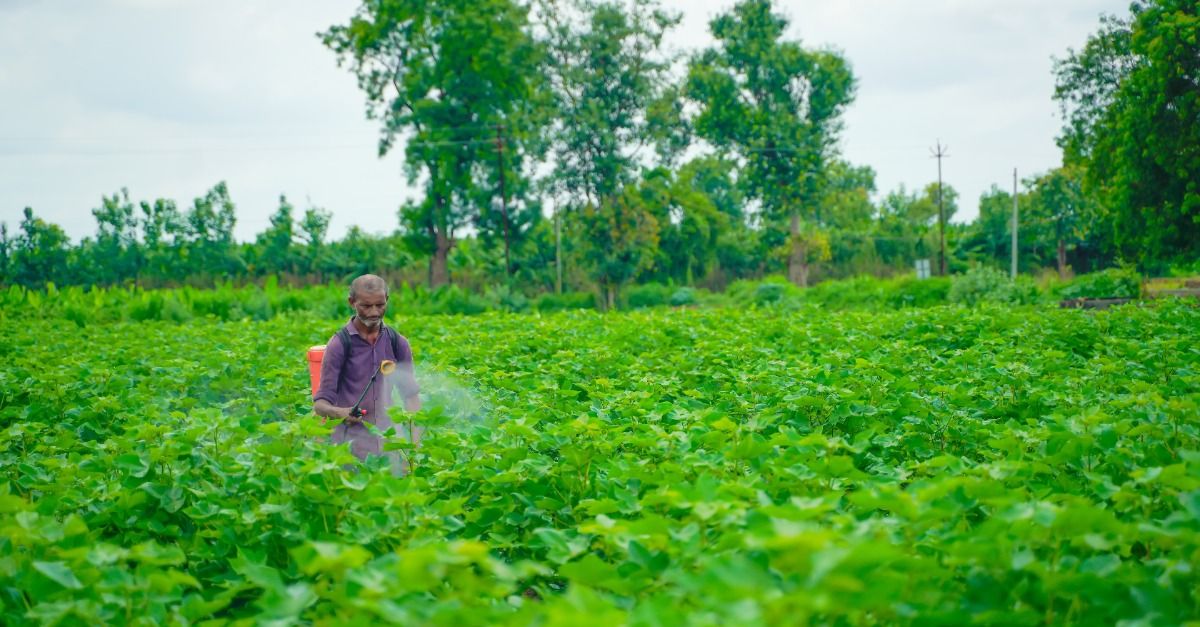
What to expect from the RBI amid potent tomato prices, surging CPI and contracting WPI?
- India's CPI figures suddenly surged higher, reacting to elevated vegetable prices.
- Without the pressure of higher food prices, core CPI contracted in July 2023.
- The RBI may need to raise rates to bring inflation down to within target.
India’s consumer price index (CPI) inflation rate has shown a sharp turn upward, rising for a second consecutive month, and reaching 7.4% YoY in July 2023.
This is significant because for the first time in four months, the inflation rate has surpassed the Reserve Bank of India’s 4%+(-)2% YoY inflation targeting band.
Crucially, CPI or retail inflation has hit a 15-month high, falling short of the 7.8% YoY registered in April 2022.
Unsurprisingly, during the month, food items proved to be the major challenge for the economy, with vegetables, accounting for nearly a third of inflation, despite only making up 6.04% of the CPI basket.
Fortunately, core CPI eased, shifting lower to 5.1% YoY from 5.3% YoY in the month before.
Given the high weightage of aggregate food items in the CPI basket, this may be a signal that although the economy has been hit by a severe shock, it may prove to be temporary.
On the other hand, the Wholesale Price Index (WPI) which is heavily impacted by prevailing commodity prices, contracted by 1.4% YoY.

CPI
Copy link to sectionPreparing the monthly retail inflation report for India is itself a monumental task.
Prices are gathered from 99.5% of the country’s villages and 98.5% of urban markets.
For the month of July, the CPI jumped to 7.4% YoY, compared to 4.9% YoY in the previous month.
A year ago, in July 2022, retail inflation was 6.7% YoY.
In the latest report, rural areas saw higher-than-CPI inflation of 7.6% YoY, while urban areas were at 7.2% YoY.
A key component of the rise was the consumer food price index (CFPI) which recorded an increase of 11.5% YoY, as compared to 4.5% YoY in June 2023, and 6.7% YoY in July 2022.
In this case, the situation was reversed, with the urban areas witnessing a higher rate of food inflation of 12.3% YoY, while rural areas were lower at 11.0% YoY.
Components
Copy link to sectionFood and beverages
Food and beverages which account for 45.86% of the CPI basket, saw inflation of 10.6% YoY, driven by vegetables which were up 37.3% YoY.
As a rule of thumb, developing economies tend to have much larger allocations of food items in their inflation baskets, as compared to advanced economies.
As a result, India and other developing-status countries are susceptible to sudden spikes in inflation, amid agricultural disruptions and poor weather.
Despite only accounting for 0.57% of the CPI, the primary contributor to the surge in inflation was tomato prices which a Reuters report noted rose approximately 1400% in the past three months.
Other major contributors included spices (21.6% YoY), pulses (13.3% YoY) and cereals and products (13.0% YoY).
As a whole, vegetables account for 7.46% of the basket, while spices, pulses, and cereals each make up 3.11%, 2.95%, and 12.35%, respectively.
In recent months, vegetable (and in particular, tomato) prices have been soaring due to unfavourable weather conditions including excess heat, checkered rainfall, and associated logistical disruptions.
In fact, the CFPI has hit its highest reading since October 2020.
Other categories

From the above graph, it is clear that the other key categories within the CPI are tightly packed and have been converging, while food and beverages, which accounts for nearly half the index, have suddenly shifted radically higher.
Fortunately, these dynamics allowed core CPI to remain under control, but demonstrate the short-term challenges India can face on account of weather-related disruptions while underscoring the potency of rising tomato prices in the country.
Thus, to achieve smoother inflation curves, the importance of investing in improved transportation, cold chains and storage, as well as transparent price discovery and stamping out black market practices such as hoarding can’t be overstated.
Interested readers can learn more about India’s recent tomato and rice policies here.
State-wise CPI
Copy link to section
With the exception of Manipur and Tripura, the states in Northeast India have remained within the RBI’s prescribed inflation band.
In addition, Jammu and Kashmir, West Bengal, Goa, Delhi, and Lakshadweep are also within the target range.
Delhi’s retail inflation came in at 3.7% YoY in the month of July.
The Andaman and Nicobar Islands, an archipelago of nearly 600 islands, registered a CPI of 6.08% YoY, just missing the target ceiling.
Chhattisgarh, a state with a population of 30 million people, saw inflation of 6.05%, also being nudged over the target by the dramatic rise in tomato prices.
Measures to curb food inflation
Copy link to sectionThe Government of India has taken certain steps to restrict food inflation.
Some of the key measures include:
- Release of tomatoes at subsidized prices
- Release of onions from buffer stocks
- Facilitating tomato imports from Nepal
- Banning the export of some rice varieties
- Release of pulses from buffer stocks
- The expected arrival of new fresh market arrivals of vegetables
WPI
Copy link to sectionThe Wholesale price index (WPI) inflation was recorded at (-)1.4% for July 2023 compared to -4.1% in June 2023.

Primary articles which comprise 22.62% of the WPI basket, increased 7.6% YoY, and were led by food articles (14.3% YoY), and minerals (5.2% YoY).
The price push for food articles came from vegetables, which shot up 62.1% YoY.
In contrast, prices of oil seeds (-9.6% YoY) and crude oil and natural gas (-13.7% YoY) declined since the corresponding month in the previous year.
Fuel and Power, which accounts for 13.15% of the basket, declined by 12.8% YoY.
Manufactured Products, which make up the balance 64.23% of the index, also fell by 2.5% YoY, due to metals (-6.1% YoY), chemicals and chemical products (-7.1% YoY), paper and paper products (-8.3% YoY), and textiles (-9.0% YoY).
The sharpest dip came in vegetable and animal oils and fats, which fell by 22.6% YoY.
Interestingly, manufactured food products declined as well, registering (-)4.0% YoY.
The WPI Food Index which comprises Food Articles from within Primary Articles, and Food Products from Manufactured Products surged from (-)1.2% YoY in June 2023, to 7.8% in July 2023.
As discussed earlier, the weather impacts on both CPI and WPI through food price channels can be significant as shown in the graph below (on an annual basis).

RBI may hike
Copy link to sectionGiven how inflation has skyrocketed, it is unlikely that vegetable prices will ease meaningfully anytime soon, and may contribute to elevated headline inflation for at least the next 2-3 months.
However, the fact that the CPI has breached the inflation targeting ceiling may lead the RBI to hike rates by 0.25% in their next meeting.
This comes after the RBI left the policy rate unchanged at 6.5% for a third consecutive meeting but raised its full-year inflation forecast from 5.1% to 5.4% in August.
The final outcome of year-end CPI will depend on how effective the government’s strategies to contain food inflation prove to be, as well as on whether favourable weather conditions play out.
However, it may be that core inflation continues to remain relatively unaffected, particularly if the WPI stays in contractionary territory.
Yet, in the coming months, upward pressure on crude oil and international edible oil prices may pose a risk to WPI.
Food inflation, having surged across CPI and WPI will continue to be the key concern in both measurements through till the end of the year.








